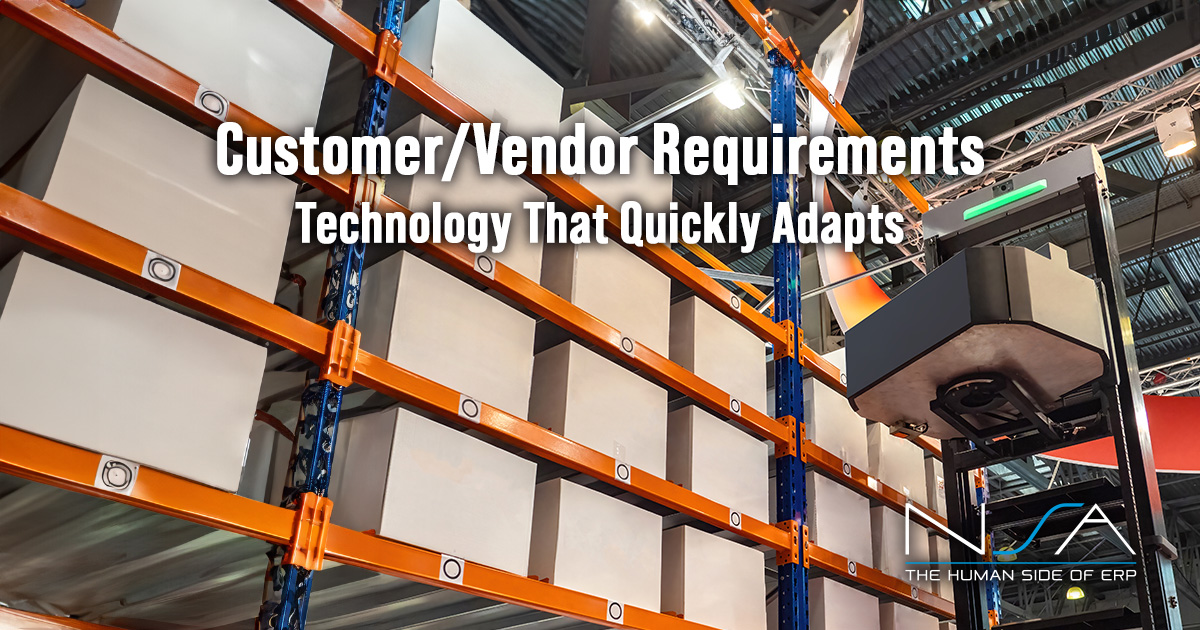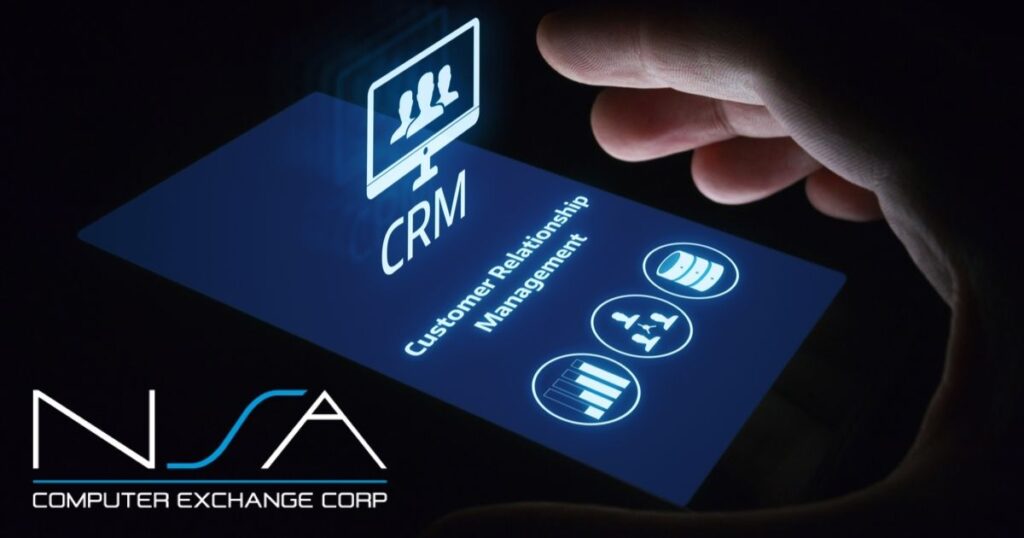A CRM, if used correctly, is the main depository for everything there is to know about the customer. An integrated CRM in the wholesale distribution industry houses contact and account information, sales history and trends, service requests, account purchasing habits, marketing automation, and so on. There is an abundance of valuable information in this data that you already own that can be leveraged to uncover new sales and opportunities.
Here are 6 ways that you can leverage your existing data within a CRM system:
- Targeting for Marketing Campaigns
CRM’s gather demographic and behavioral information about your customers, and this information can be leveraged to segment your customers and target their needs and business objectives.
For example, if you are in the wholesale paper and packaging industry, you can target customers that are associated with school districts and send an email special for a “Back to School” promotion.
Impact: Increase leads in the bottom of the sales funnel through higher engagement (increased CTR and open rates) from personalized marketing.
- Targeting Based on Sales Data
Depending on the complexity of your CRM, you can take it a step further and target based on sales activity and purchasing habits. If this is available in your CRM (if not, you should check out WPCRM) you can search and build campaign lists based on the sales activity.
For example, you can send a bulk marketing message to customers that have purchased a product in the past month and ask if they are satisfied and/or are in the market for any additional products.
From here you can get more granular by pulling a search that grabs any customer that has purchased a printer in the last two months but has not purchased any ink. By targeting this list, you can send a bulk message to these customers and open the dialogue to address the missed opportunity.
Impact: Increase customer retention by improving the customer experience through follow-ups and identifying cross-sell opportunities.
- Personalization within Marketing Campaigns
While you can develop marketing campaigns that are targeted to certain customers or prospects based on demographic information or sales data, you can further personalize these marketing campaigns by utilizing merge fields. According to a study from Campaign Monitor, 74% of marketers say personalization increased customer engagement, and they see an average increase of 20% in sales from using personalized experiences.
Through personalization with merge fields, you can address a customer by their first name, comment about the city they are in, message that you noticed their last purchase was made last month, and they are receiving a discount of 10% for their next reorder.
Impact: Increase email engagement and response rates, while saving the sales reps’ time, by sending bulk emails that are personalized.
- Uncover Up-sell and Cross-Sell Opportunities
CRM’s that are integrated to the ERP and other third-party applications have more value from capturing additional data on purchasing habits. Based on a customer’s purchasing habits and similar customer’s purchasing habits, this data can be used to highlight gaps in purchasing behavior and identify the products they should be purchasing.
This information can be used to identify the complementary products, or, if a product is out of stock, can provide insights into equal or upgraded replacements. Having access to product suggestions allows the sales reps to provide a prescriptive selling experience through a consultative approach that identifies solutions and alternatives to meet the customer’s needs.
Impact: Increase customer satisfaction by consulting with your customer on their purchases and suggested complementary products by identifying alternatives and cost-saving products.
- Search for Nearby Companies When Traveling
If your business commonly requires onsite and in-person meetings, you can utilize the addresses that are stored within your system to find other nearby customers or prospects. Make the most out of your windshield time and travel expenses by using maps integration to identify customers that are located around your location, your customers location, or a specific city.
*Bonus: In a robust CRM, you can use the sales analytics to pinpoint the nearby customer’s that are in need of attention and who you should spend your time with (based on who’s buying or not buying from you).
Impact: Improve the customer experience by increasing on-site visit and maximizing your T&E by identifying the nearby accounts.
- Identify the Customers That Need Engagement
The CRM captures and timestamps when a user sets an appointment, creates meetings, messages are sent, quotes are approved, and any other interactions that are made with customers. This information can be used to create reports that show which customers have not been contacted recently and could benefit from a visit.
Taking this a step further, you can combine it with sales data to understand the customers that have had low engagement and low sales activity. These accounts could be in jeopardy and should be where sales reps focus their attention and initiate contact. A proactive use of CRM can address issues before they happen.
Impact: Increase customer satisfaction by maintaining ongoing engagement with customers and being aware of dips in activity.
WPCRM is the fully integrated CRM built for the wholesale distribution industry. To learn about how we leverage your existing data in WPCRM, please contact Brian Weaver, our VP pf Cloud and ERP sales: brian.weaver@nsacom.com.



